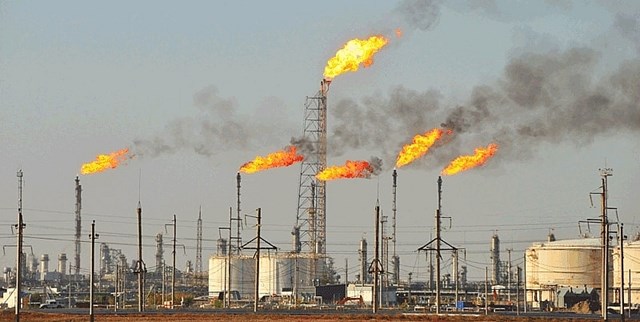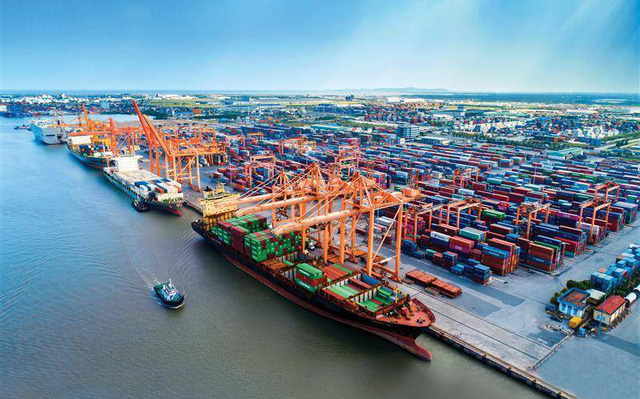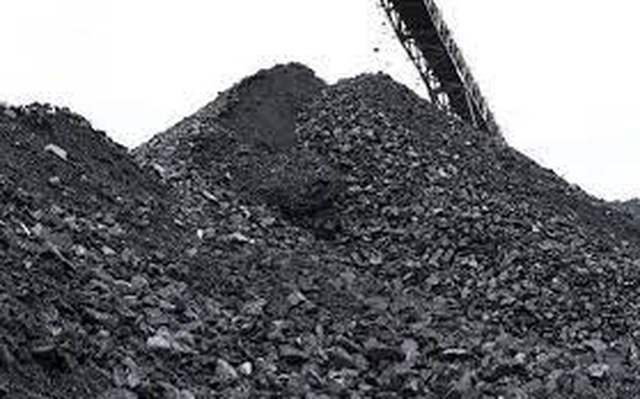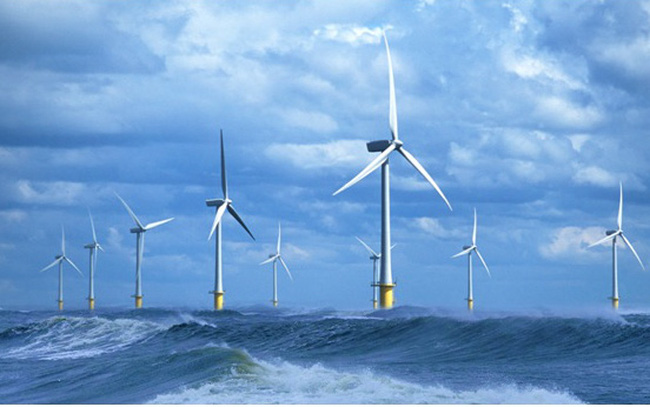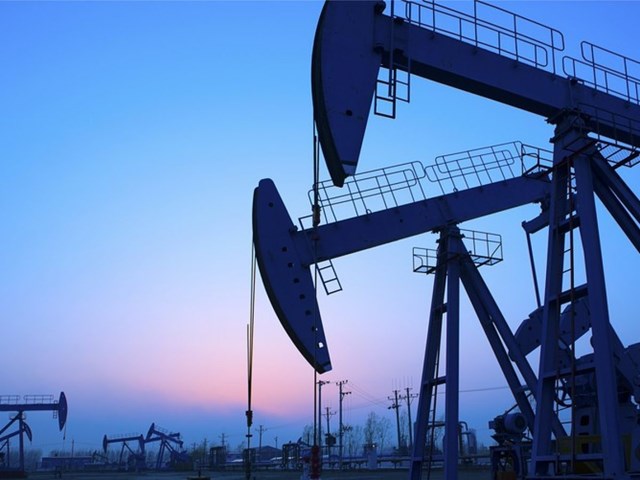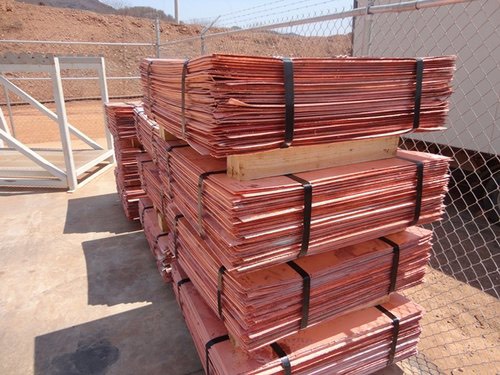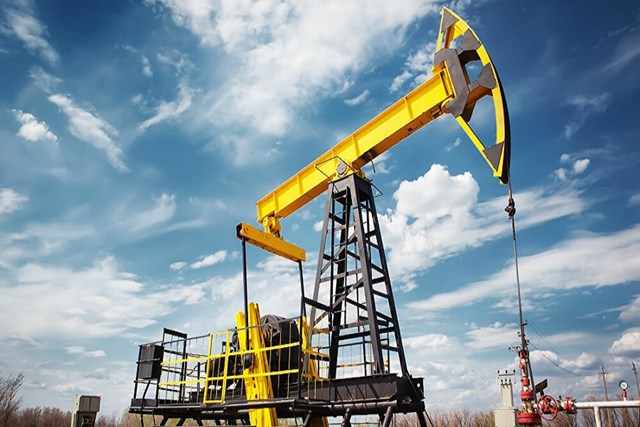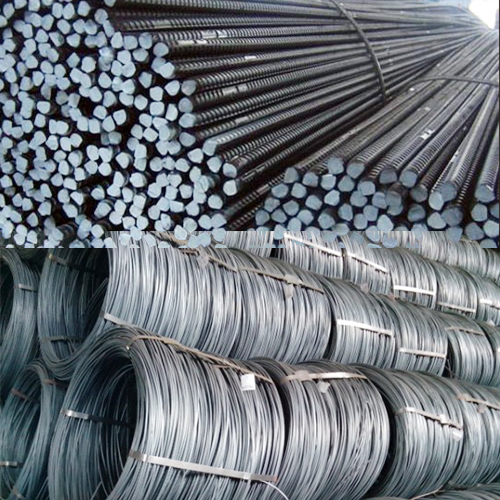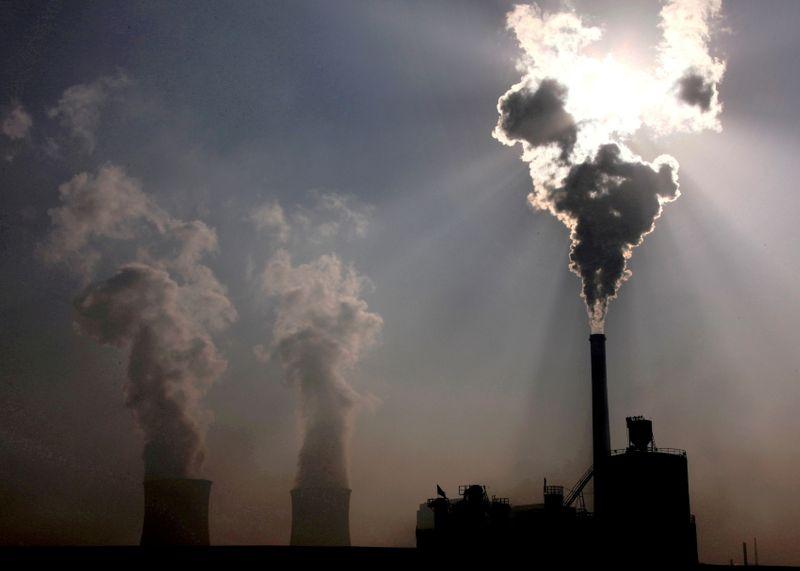The world oil price continuously peaked, currently surpassing 86 USD/barrel, leading to domestic gasoline and oil prices. In the coming time, experts are concerned that the higher gasoline prices will put pressure on inflation.
In the operating period on October 11, the domestic gasoline price increased by nearly 1,000 VND / liter, a record high in the past 7 years. Since the beginning of the year, gasoline prices have increased by a total of more than 5,000 VND/liter. Petroleum is an important input of most production and business industries and accordingly, many experts expressed concern that prices of goods and services will also be affected, leading to pressure on prices and inflation.
On October 26, the Ministry of Industry and Trade continued to adjust gasoline prices on a 15-day cycle. Experts predict that, in the face of world market developments, in the adjustment period tomorrow, if the Price Stabilization Fund is not used, gasoline prices may increase by 1,400 – 1,900 VND/liter, the selling price for this product. diesel oil is likely to increase by 1,140 VND/liter; kerosene increased by 970 VND/liter and fuel oil increased by 180 VND/kg.
If gasoline prices continue to adjust up, this will be the 4th consecutive increase in recent times.
TEMPORARY INFLATION IS NOT worrisome
Dr. Can Van Luc – Chief Economist of BIDV
Concerned that higher gasoline prices will put pressure on inflation, Dr. Can Van Luc said that, although the average world gasoline price will increase by 50-55% compared to the average increase of 2020, however, in the short term, its impact on inflation is not too severe. hideous.
Explaining the above statement, Dr. Luc said that currently the price of gasoline and the price of raw materials for production and business are high, however, at the present time, manufacturers and importers have not yet dared to immediately transfer that price increase. on the selling price of products because they are worried that businesses and people are still facing many difficulties and demand is still very weak, said Dr. Analytical force.
The second is that the money turnover index is very slow, now it is only 0.67%, equal to half of the past and 1/3 of the high inflation period.
Therefore, we are not too concerned about the inflation story, but we cannot be subjective because it is clear that when the epidemic breaks out, the risk of inflation will increase greatly,” said Dr. Luc.
There are two clear trends: inflation and price increases are temporary and will “run” at least from now until mid-2022, Dr. Can Van Luc said.
Although the fourth wave of COVID-19 broke the supply-demand chain, reducing aggregate demand, inflation was temporarily comfortable. However, according to experts, when the economy reopens, the delay of monetary policy loosening, gasoline prices, and higher transportation costs will put pressure on inflation.
CAREFULLY WHEN easing monetary policy

Assoc.Prof.Dr. Pham The Anh, Macroeconomics Expert, Head of Macroeconomics Department, National Economics University
According to economist Pham The Anh, in the first 9 months of 2021, the consumer price index (CPI) increased by only about 1.8%, a fairly low level, but the GDP deflator (GDP adjusted index) increased by 23%. . That represents a divergence between the two indices, the difference being up to 10 times, while the CPI and GDP deflator normally go hand in hand.
The reason for such a difference, according to Dr. Pham The Anh is because CPI calculates the prices of goods and services purchased by consumers, which in the past time have been mainly essential items. Meanwhile, the GDP deflator measures all the prices of goods and services produced, so it accurately reflects the price state in the economy.
Producer prices will eventually be reflected in consumer prices, as businesses shift the burden of increasing raw material prices onto consumers. That means, the risk of inflation is relatively large.
Currently, aggregate demand is still at a low level, however, when aggregate demand increases strongly again, it is certain that business costs will increase, causing inflation. With the world price of petrol or raw materials rising, Vietnam was forced to adjust up according to world prices.
“What we can do is limit the unnecessary costs incurred by businesses in the current time, which are costs related to administrative procedures, costs for extreme epidemic prevention, .. “, Dr. Pham The Anh emphasized.
Only by reducing those costs as part of offsetting the rising cost of raw materials with world prices. Because world raw material prices operate according to market rules circulating between the country and the world, Vietnam cannot intervene but can only support domestic enterprises to cut unnecessary costs.
Currently, many industry groups are facing great difficulties due to the COVID-19 epidemic and are facing the context of high gasoline prices such as transportation, aviation, etc. Therefore, the Government needs to support them.
The first is to let them operate normally, cutting unnecessary costs for businesses. Ministries need to speed up the review process and provide immediate support to businesses.
In particular, if there is an intention to loosen monetary policy, it is necessary to monitor and be very careful to avoid putting more pressure on inflation.
T&G International Joint Stock Company
Address: 352 Hue Street, Le Dai Hanh Ward, Hai Ba Trung District, Hanoi
Hotline: 0345786803
Email: hrm@tginterjsc.com
Website: http://tginternationaljsc.com




